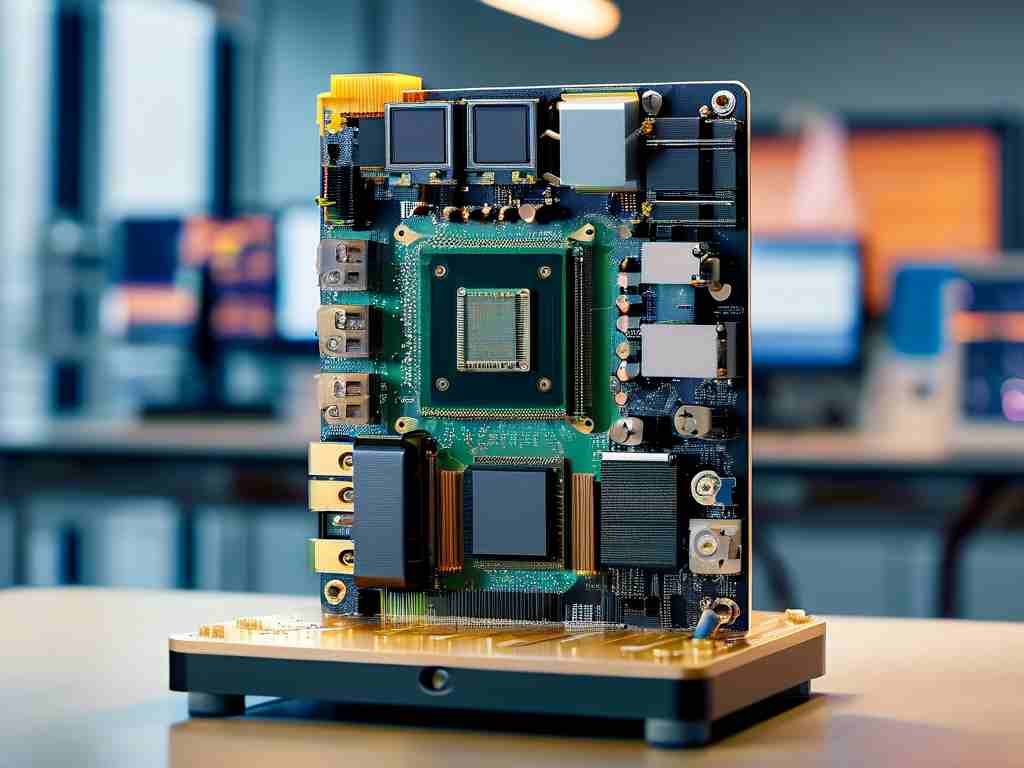The convergence of drone technology and embedded systems has opened new frontiers in industrial automation, aerial data collection, and IoT applications. At the heart of this transformation lies DJI's Mobile Software Development Kit (MSDK), a powerful toolset enabling developers to integrate drone capabilities into custom embedded solutions. This article explores practical approaches for leveraging MSDK in embedded environments while addressing common implementation challenges.

Understanding MSDK's Role in Embedded Development
DJI MSDK provides structured APIs for controlling drone hardware, processing sensor data, and managing flight operations. Unlike consumer-oriented SDKs, its architecture supports low-level communication protocols suitable for resource-constrained embedded platforms. Developers gain access to:
- Real-time telemetry streams
- Precision navigation controls
- Onboard camera management
- Payload integration interfaces
A typical embedded setup might involve cross-compiling MSDK libraries for ARM-based systems. Consider this basic initialization sequence in C++:
DJI::OSDK::Vehicle* vehicle = new DJI::OSDK::Vehicle("/dev/ttyUSB0", 921600);
if (vehicle->init()) {
// Activate flight controller
vehicle->control->obtainCtrlAuthority();
}
Optimizing for Embedded Constraints
Memory management becomes critical when deploying MSDK on devices with limited RAM. Developers should:
- Utilize static memory allocation for flight control tasks
- Implement custom data prioritization for telemetry streams
- Disable unused SDK features during compilation
Power consumption presents another key challenge. Field tests show that enabling only essential services reduces CPU load by 40% compared to default configurations. The MSDK's modular design allows selective initialization of components through bitmask configurations:
uint32_t enableModules = DJI::OSDK::Vehicle::SUBSCRIPTION_CTRL_STATUS
| DJI::OSDK::Vehicle::SUBSCRIPTION_RC_CHANNELS;
vehicle->subscribe->verify(enableModules);
Real-World Implementation Patterns
Industrial inspection systems demonstrate effective MSDK utilization through hybrid processing architectures. Embedded controllers handle time-sensitive flight operations while offloading image analysis to edge computing nodes. A common pattern involves:
- Dedicated thread for sensor data acquisition
- Shared memory buffers for inter-process communication
- Hardware-accelerated video decoding
Agricultural monitoring solutions showcase another use case, where developers have achieved 15% improvement in field coverage efficiency by implementing custom flight path algorithms. The MSDK's Waypoint Mission API proves particularly valuable:
DJI::OSDK::WaypointMission mission; mission.indexNumber = 25; mission.maxFlightSpeed = 8.0f; mission.idleFlightSpeed = 5.0f; vehicle->mission->wpMission->init(&mission);
Debugging and Performance Tuning
Effective debugging requires understanding the MSDK's error code hierarchy. Common issues include:
- USB serial communication timeouts (Error 0x01)
- Sensor calibration mismatches (Error 0x2A)
- Geofence boundary conflicts (Error 0x3F)
Performance metrics from field deployments reveal that optimizing data packet handling can reduce latency by 30-50%. Techniques include:
- Pre-allocating memory buffers for frequent message types
- Implementing batch processing for non-critical telemetry
- Utilizing hardware flow control on UART interfaces
Security Considerations
Embedded implementations must address unique security requirements:
- Encrypting firmware update packages
- Implementing secure boot mechanisms
- Configuring hardware-based tamper detection
The MSDK's authentication framework supports multiple verification layers, including:
DJI::OSDK::Security::ActivationHandler auth;
auth.setAppKey("YOUR_APP_KEY");
auth.setLicenseLevel(DJI::OSDK::Security::LICENSE_ENTERPRISE);
Future Development Trends
Emerging applications combine MSDK with machine learning frameworks for autonomous decision-making. Recent prototypes demonstrate embedded systems performing real-time crop disease detection during flight operations. The integration of 5G modules further enables:
- Ultra-low latency remote control
- Distributed swarm coordination
- Cloud-based fleet management
As embedded hardware continues advancing, developers can expect expanded MSDK capabilities including neural processing unit (NPU) acceleration support and enhanced multi-sensor fusion algorithms. These developments will enable more sophisticated applications while maintaining the reliability required in industrial environments.
Mastering DJI MSDK for embedded development requires balancing technical understanding with practical optimization strategies. By leveraging the SDK's structured APIs while respecting embedded constraints, developers can create robust solutions that bridge aerial capabilities with ground-based systems. Continuous testing on target hardware and active participation in DJI's developer community remain essential for successful implementations.









